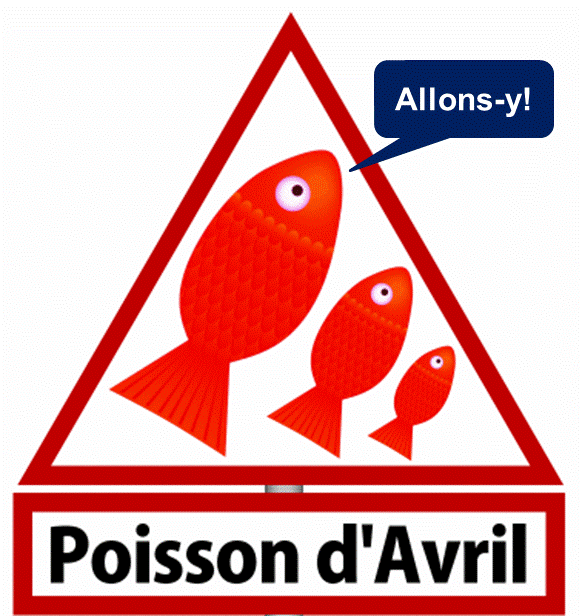Considering how little there is to laugh about in the real world, I always appreciate April Fools’ Day. Even though everyone happily gets involved in thinking up silly pranks, the origins of this amusing day are rather vague. What we do know is that lots of different civilisations seem to have reserved special days where they could be a bit more joyous and light-hearted than usual. In the ancient world, given how grim life could be for many people, such events probably came as a blessed relief.
The world of literature seems to have strong links to April Fools’ Day. There are a number of references that state an early description of April Fools’ Day in Chaucer’s Canterbury Tales, namely in The Nun’s Priest’s Tale.
In France, the day is known as poisson d’avril (April fish). If I wanted to get all pretentious here I could talk about the French poet Eloy d’Amerval, who apparently mentioned this in the 1500s in his poem Le livre de la deablerie. However, what interests me more is where on earth the fish angle comes from?! On April 1st, French children often like to trick people by sticking a fish picture on people’s backs and then they run off sniggering. Unfortunately, this always seems to happen to me because I’m clueless and I’m looking out for something less fishy as a joke.
For children who want to know more about April Fools’ Day, there are a number of books out there. I can’t believe children haven’t heard about this day though—it’s the one time they have a legitimate excuse to fool around a bit. Surely, it’s many straight-faced and uptight adults who need a bit of reminding to lighten up from time to time. For me, taking refuge in the wacky world of my stories is one way to have some guilt-free fun.

